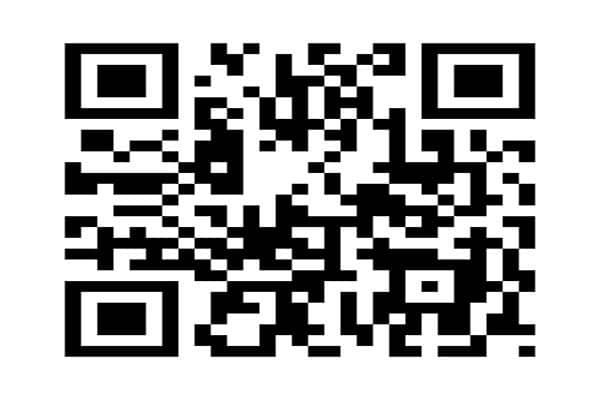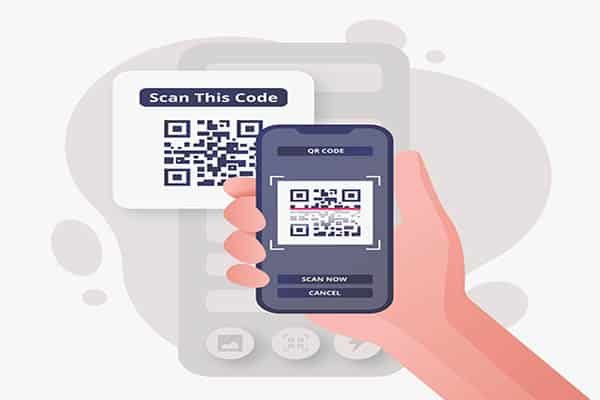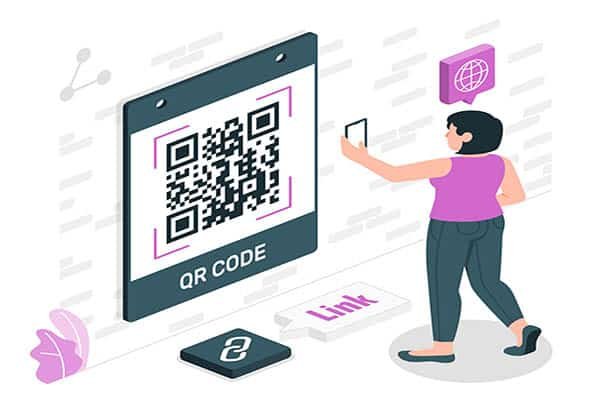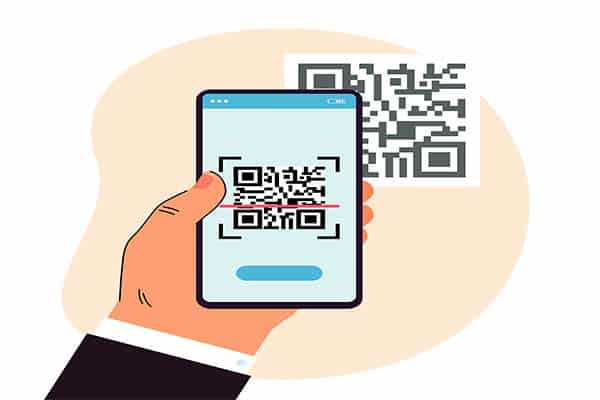Scanning A QR Code:- QR codes have long been a part of technology, but now more than ever they seem to be growing more widespread. Scanning one can provide quick and easy access to additional information or payment. Also take note that special offers often exist tied to QR codes too!
However, you should take the time to educate yourself on what to look out for when scanning a QR code in order to stay safe and secure. In this guide we will outline 10 essential things to keep in mind prior to scanning a QR code, helping ensure all transactions remain protected and safe. Using these tips you will make the most of scanning QR codes while remaining safe and secure during all of your transactions.
Scanning A QR Code
What Is A QR Code?
What Is a QR Code? A QR code, short for “Quick Response,” was invented by Denso-Wave of Japan in 1994 and has become increasingly popular since. These barcodes can store text, URLs, contact info, calendar events and health details all within its small form factor.
If you have ever used the ticketing feature at a music festival or sporting event, chances are you have used QR codes. They’re commonly found in magazines or product packaging and can be scanned using your smartphone or tablet; their scannability enables accessing additional product information or connecting with friends while making payments.
1) Scanning A QR Code Work?
A QR Code reader app on a smartphone or tablet makes scanning QR codes possible. Once opened, its camera will activate to take pictures of the QR code before automatically accessing its contents – whether manually typed in or automatically pulled up in browser.
If your QR code contains the address for a website URL, the app will instantly open it in your device’s browser. Scaning QR codes is an incredibly straightforward process which only takes a few taps.

2) Scanning A QR Code Risks
Scanning QR codes is an efficient way to access information and make payments; however, they come with some risks as well. When scanning a QR code there is the chance that malicious content might be present; many QR codes are often used by scammers or criminals as an easy way of spreading spam or links that lead to websites with malware designed to steal personal data.
These QR codes can be found on flyers, magazines or product packaging; scammers have even created their own fake QR codes that appear legitimate but link to malicious content. While scanning a QR code generally presents no risk, always keep an eye out for any signs of scamming activity.

3) Turn Off Your Location Settings
Scammers frequently employ malicious QR codes that rely on your device’s GPS or location settings to determine their content, often showing you malicious messages when in places with high foot traffic, such as busy cities. Before scanning a QR code, be sure to disable its location settings so malicious QR codes won’t gain access to your information.
By turning off location services manually or choosing a browser without location tracking capabilities, this can also help prevent you from being exposed to content you don’t care about, such as ads for products and services you aren’t interested in. When scanning QR codes in publications like magazines or books, turn off location services manually by manually changing them or by using one that doesn’t track location data.

4) Look For Secure Payments
If you plan on scanning QR codes for payment purposes, beware that there may be ones used for fraudulent use. Before scanning these payment-oriented QR codes, ensure they are secure by checking for a ‘padlock’ icon on the device where you are scanning them or reading their URL to see that they go to an authentic website; otherwise they should probably be avoided as likely payment QR codes.

5) Tips For Spotting Fake QR Codes
- Keep the QR Code Away From Other Text: Scammers may try to place fraudulent QR codes close to legitimate text to make them seem more legitimate, which is an indicator that the code could be malicious. Checking URL Before Scanning: Before scanning a QR code, take a moment and double-check that its URL is legitimate before scanning with either scanning app or browser.
- Check for unusual results when scanning directly: This could be an indicator that the QR code is malicious. Additionally, look out for misspellings: Scammers often create their code quickly without taking time to review spelling errors – this could be a telltale sign that it contains malicious software.
Check the Website Domain: If a QR code contains a website URL that raises suspicion, try Googling it first to see if it actually belongs to an active website and scan the code using your browser instead of QR codes.

Also Refer:- Top 9 Unbelievable Technologies That Define Our Modern World
Conclusion
Now that you understand how QR codes operate, it is crucial to be careful when scanning them. Prior to scanning a code, turn off location settings so as to prevent malicious content from trying to gain access to your information and compromise it.
Make sure that only access secure networks and websites, while using antivirus software to safeguard yourself against malware. With these tips in mind, scanning QR codes safely becomes possible!
